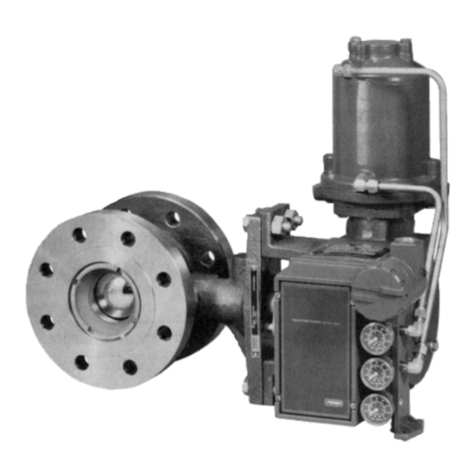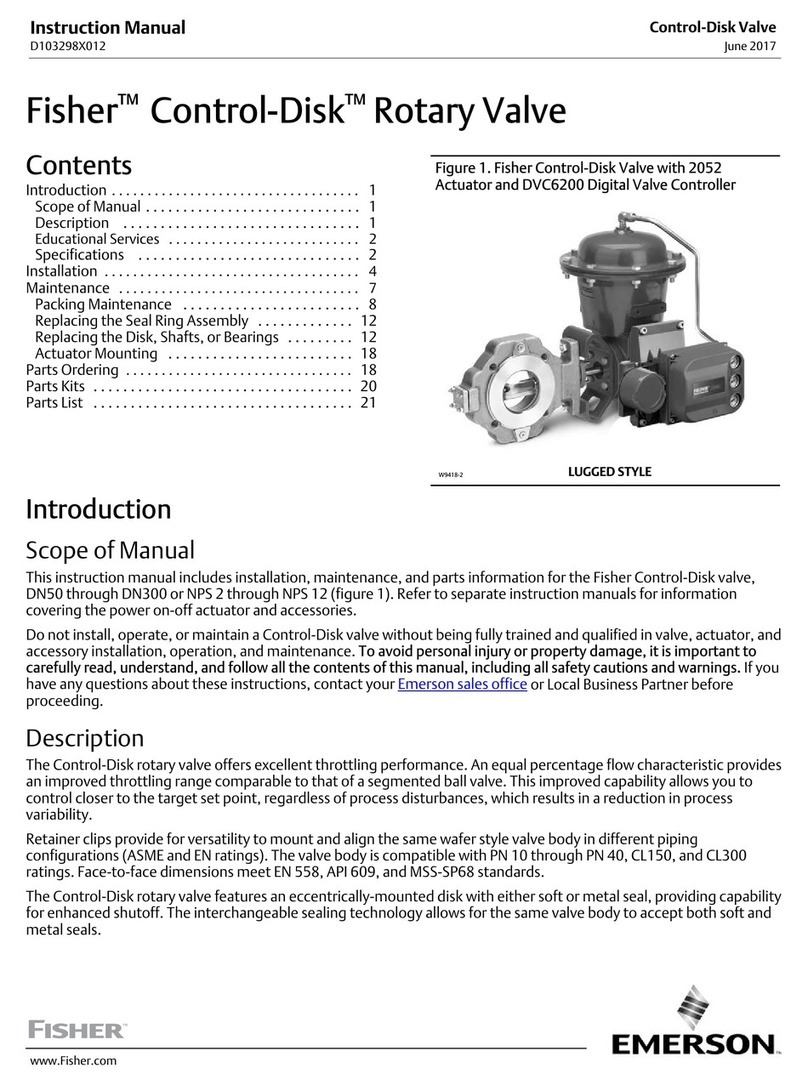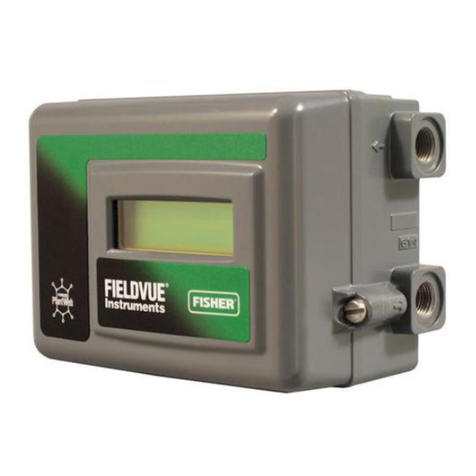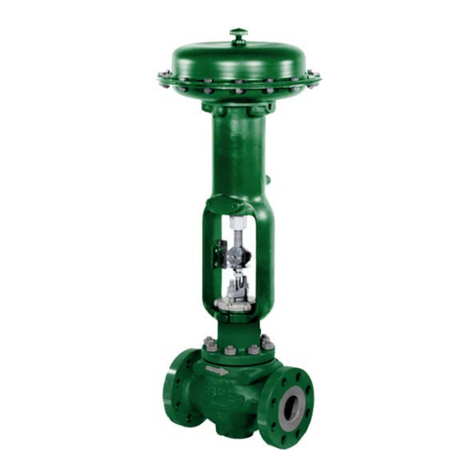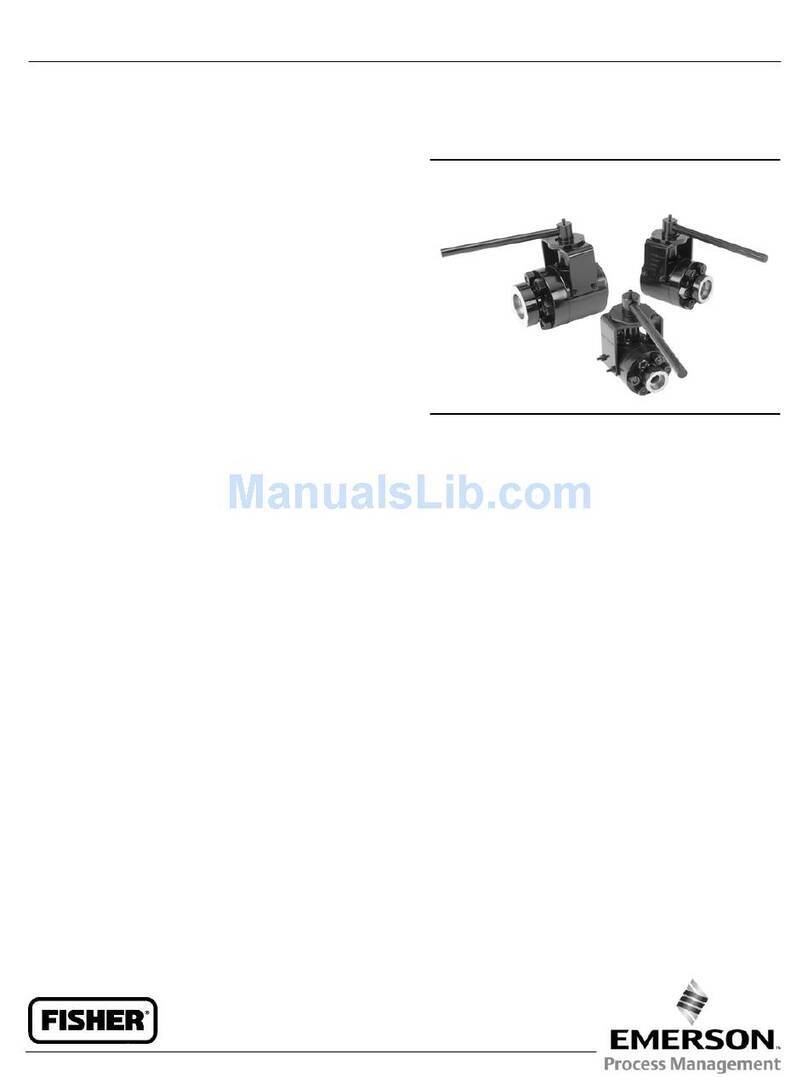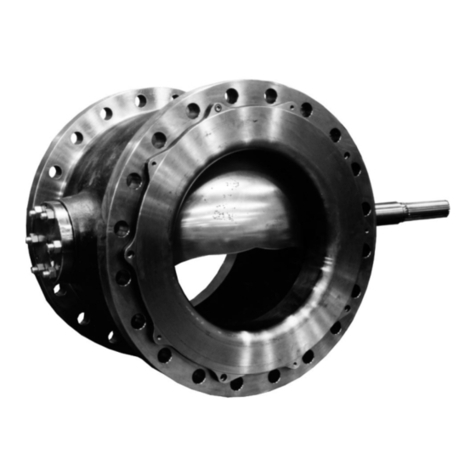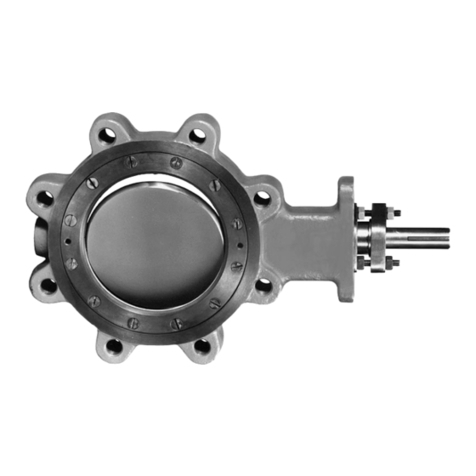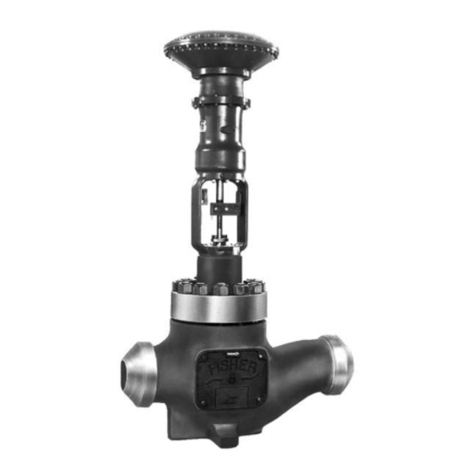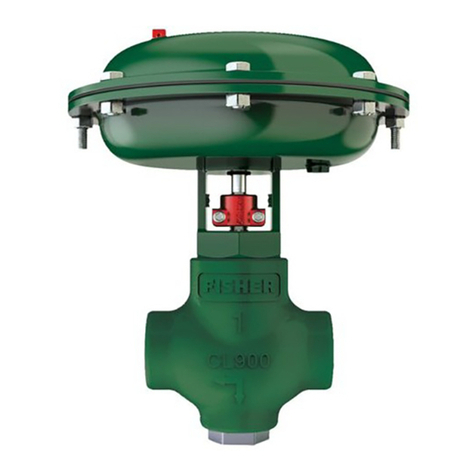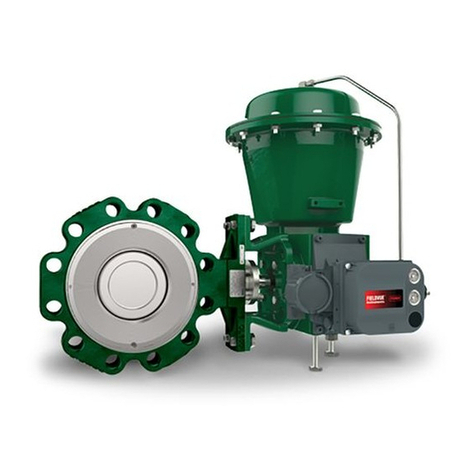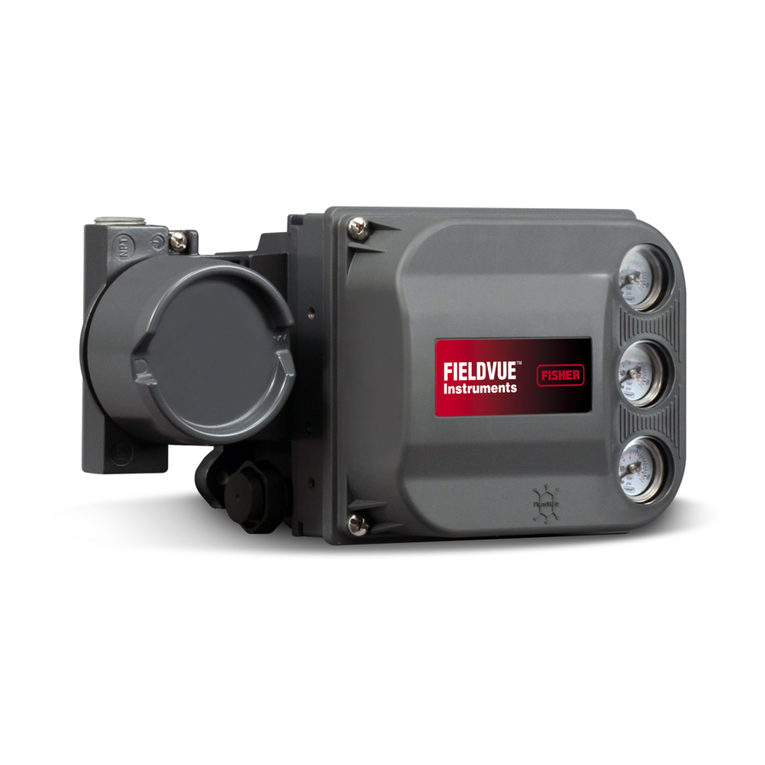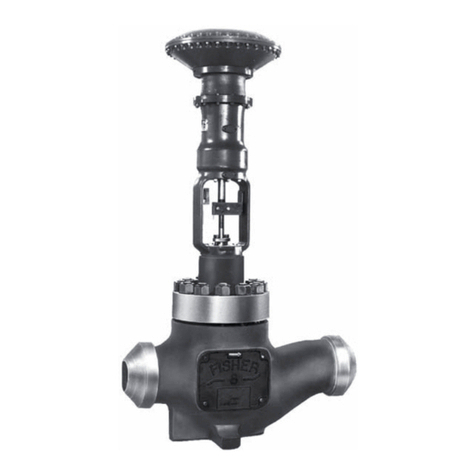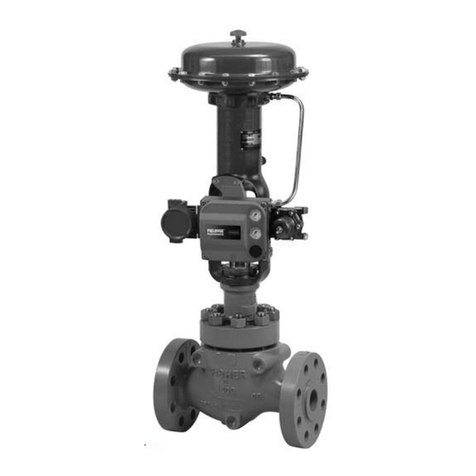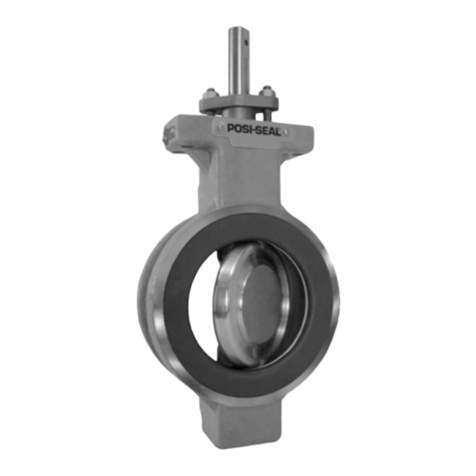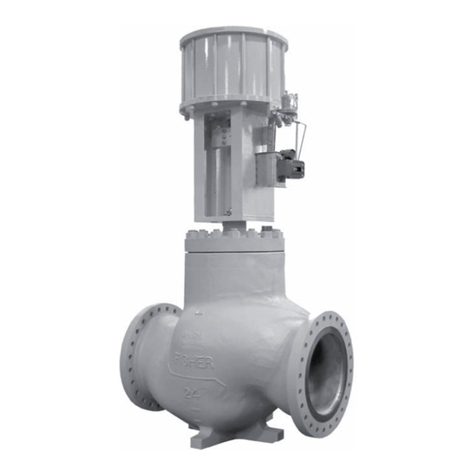
Instruction Manual
D103796X012
TBX-T Desuperheater
July 2017
4
WARNING
Do not lift the desuperheater by its cooler manifold piping. Personal injury or damage to equipment could occur if the
desuperheater is improperly lifted into place.
If the TBX-T is equipped with buttweld ends, the valve body must be supported using a lifting sling or other method that
does not place a load or force onto the finished surface of the buttweld ends. The TBX-T does not have a stable resting
condition. The valve inlet and outlet must be fully supported until fully welded (buttweld end connections) or bolted
(flanged end connections) into the piping.
2. Arrange a lifting sling around the main steam pipe to safely lift the TBX-T to the pipe opening.
WARNING
Do not expose the TBX-T to undue stresses by installing it in bent pipes or flanges. Personal injury and equipment damage
could result from flange sealing failure due to improper installation.
3. Flanged Connections—Grease the flange connection bolts with a high temperature thread lubricant. Install flange
gaskets and connection bolts per accepted practices and tighten securely.
4. Welded Connections—Welding procedures should be in accordance with the applicable codes and the base
materials. For preheat, welding electrodes, and postweld heat treatment, refer to the applicable codes and
practices applicable for the specific facility. Materials are specified on the customer specification sheet.
CAUTION
Depending on desuperheater body materials used, post weld heat treating may be required. If so, damage to internal parts
is possible. In general, if post weld heat treating is to be performed, all nozzles should be removed. Contact your Emerson
sales office or Local Business Partner for additional information.
5. Remove the spraywater control valve and flush the cooling water line until all debris is removed from the line prior
to connecting it to the TBX-T desuperheater. Use only clean sources of cooling water to reduce the possibility of
nozzle clogging. A 100 mesh strainer should be installed in the water line as close to the TBX-T desuperheater as
possible. Review strainer manufacturer's pressure drop curves to determine appropriate strainer body size. You may
need to use a strainer that is larger than the water line size.
WARNING
Failure to use a strainer could result in nozzle clogging and subsequent property damage or loss. Uncontrolled
temperatures resulting from clogged nozzles may result in equipment or process temperature limits being exceeded.
Exceeding system temperature limits could result in property damage or personal injury.
6. A length of straight pipe is required downstream of the TBX-T desuperheater to ensure complete vaporization of
cooling water. An example of a typical installation appears in figure 2. Consult the TBX-T cooler sizing sheet for the
required distance of straight pipe. This is unique for each application and is supplied by Emerson Automation
Solutions.
7. Typically, a temperature sensor should be mounted a minimum distance of 9.1 m (30 feet) downstream of the
TBX-T desuperheater. This distance will vary depending on a number of factors including steam velocity and
